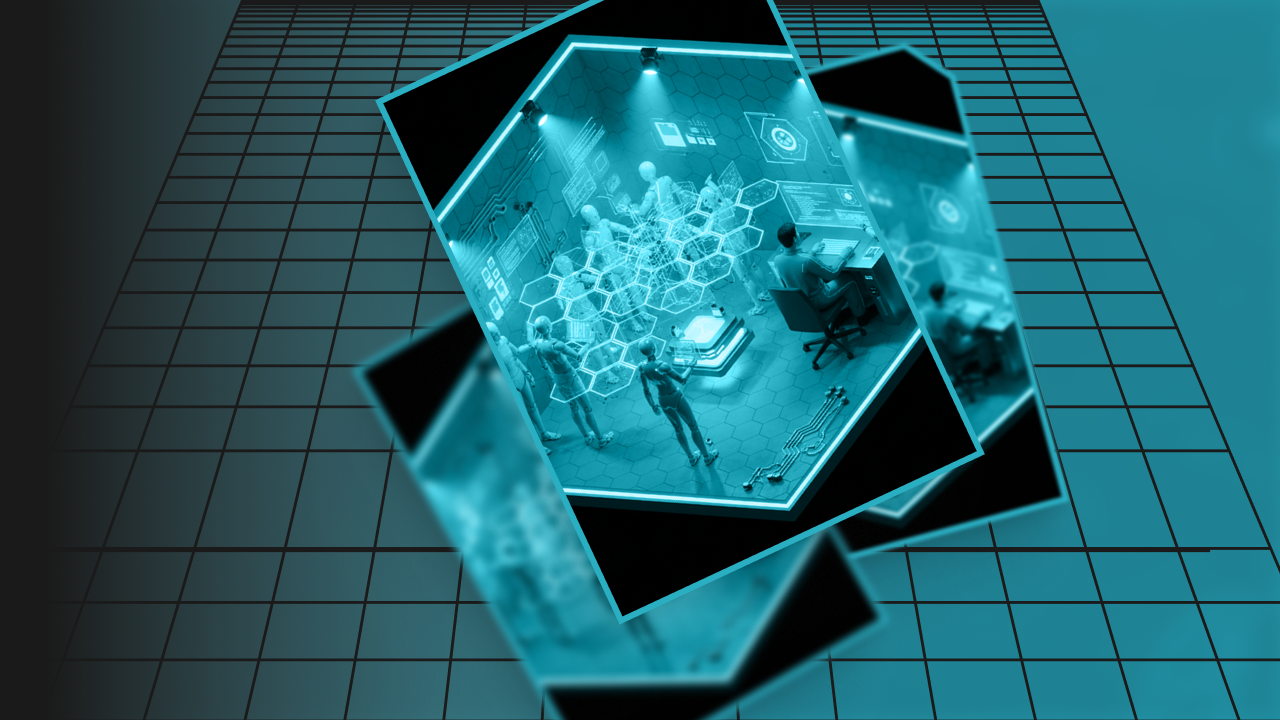Temporal Agents: The Future of Intelligent Business Operations

Kevin Smith
3 min read • 1 August 2025
🔗 Originally published on LinkedIn
In the evolving landscape of AI-driven systems, Temporal Agents are emerging as a crucial layer in modern agentic computing. While most people are familiar with intelligent agents that react to prompts or automate workflows, Temporal Agents are designed to do something deeper: they observe, interpret, and act over time. For businesses looking to harness the power of AI, these agents offer a new paradigm for handling complex, long-running, and context-rich processes.
What Are Temporal Agents?
Unlike stateless AI tools that respond only to the “here and now,” Temporal Agents have a persistent sense of time, memory, and continuity. They are designed to monitor streams of events, detect meaningful patterns or shifts, and trigger actions when it matters most.
Think of them as AI sentinels. Instead of waiting for you to ask the right question, they watch over critical systems, trends, or business processes—surfacing insights or interventions at the exact moment they’re needed. They can manage multi-step workflows that unfold over hours, days, or even weeks, keeping context intact across every stage.
Why Do Businesses Need Temporal Agents?
Modern enterprises face challenges that can’t be solved by simple automation or one-off AI queries. Customer journeys, supply chains, risk assessments, and compliance processes are inherently temporal—they involve ongoing monitoring, coordination, and decision-making across time.
Temporal Agents excel in scenarios where:
- Time-Dependent Decisions Matter – For instance, spotting anomalies in transaction patterns before they escalate into fraud, or detecting subtle market shifts before competitors react.
- Continuous Context Is Key – A standard LLM-powered assistant forgets what happened yesterday unless you re-feed the context. Temporal Agents maintain a timeline of events, creating a narrative memory that allows them to interpret signals over weeks or months.
- Complex, Long-Running Workflows – From automated loan approvals to preventative maintenance schedules, Temporal Agents can orchestrate processes that span across multiple systems and checkpoints.
- Proactive Alerts and Recommendations – Instead of waiting for human queries, they autonomously surface "what’s changed" and "what matters now."
Where Do They Fit in an Agentic System?
Agentic systems can be thought of as ecosystems of specialised agents, each with a defined role:
- Orchestrators manage high-level goals and delegate tasks.
- Problem Solvers handle deep reasoning tasks.
- Advisors synthesise data into actionable insights.
- Temporal Agents act as persistent observers—the memory and watchtower of the system.
Together, these agents form a living digital architecture, where Temporal Agents ensure that context and time-based intelligence are always preserved and leveraged.
Imagine a market-sensing system where Temporal Agents track shifts in consumer sentiment, inventory levels, and competitor pricing. They feed these time-aware insights to Problem Solver agents, which can dynamically adjust pricing models or recommend supply chain changes. The result is real-time adaptability with historical depth.
Applications Across Industries
- Finance – Continuous fraud detection, risk scoring, and portfolio monitoring.
- Retail and e-commerce – Temporal Agents can analyse seasonal buying trends and predict demand surges.
- Manufacturing – Maintenance agents that watch equipment health and predict failures before they occur.
- Healthcare – Monitoring patient data streams for subtle changes that indicate health risks.
- Legal and compliance – Watching for regulatory changes, or tracking long-running cases and document updates.
In every case, the value lies in time-aware intelligence. Businesses gain the ability to move from reactive to proactive decision-making.
The Technical Core: Temporal Agents and Knowledge Graphs
The OpenAI developer cookbook outlines how Temporal Agents can be combined with knowledge graphs to create highly structured, time-aware intelligence. Knowledge graphs represent relationships between entities—people, events, products, data streams—in a way that Temporal Agents can traverse and reason about.
For example, a Temporal Agent monitoring a financial knowledge graph could identify that “customer spending dropped after a policy change three months ago” and proactively suggest interventions. This fusion of temporal awareness and semantic understanding turns raw data into actionable business knowledge.
Why Now?
Two converging trends make Temporal Agents more practical and impactful than ever:
- Advancements in LLM Tooling – Large language models can now integrate memory, vector databases, and real-time data streams, providing the reasoning backbone for Temporal Agents.
- The Shift to Agentic Systems – Businesses are realising that the next wave of AI is not about single prompts or chatbots, but autonomous, collaborative agents that manage real-world processes.
Temporal Agents are perfectly positioned within this shift. They’re not just another feature of AI—they’re the glue that connects past, present, and future events into a coherent decision-making fabric.
Getting Started with Temporal Agents
For many businesses, the journey starts with observability projects—identifying where time-series data and long-running workflows already exist. From there, Temporal Agents can be layered in to monitor, analyse, and trigger recommendations.
The technical foundation often involves:
- A knowledge graph to represent key entities and relationships.
- Event streams (from databases, APIs, IoT devices).
- A reasoning layer (LLMs or smaller reasoning models).
- Agent orchestration frameworks like Microsoft Semantic Kernel, LangChain, or purpose-built temporal pipelines.
The key is to start small but time-aware—pilot agents that monitor a single process or customer journey, then scale once value is proven.
Looking Ahead
Temporal Agents are part of a broader trend: AI systems that don’t just react, but remember and anticipate. As businesses build more agentic architectures, these agents will become indispensable layers of context and continuity.
The organisations that move early will gain a critical advantage. They won’t just automate processes—they’ll build living systems that learn from the past, act in the present, and adapt to the future.
This article was originally written and published on LinkedIn by Kevin Smith, CTO and founder of Dootrix.

Kevin Smith


.png)